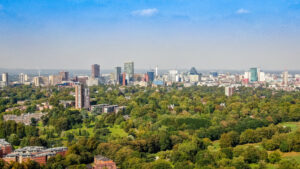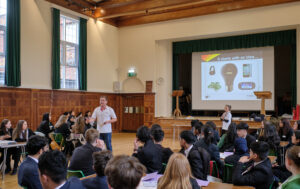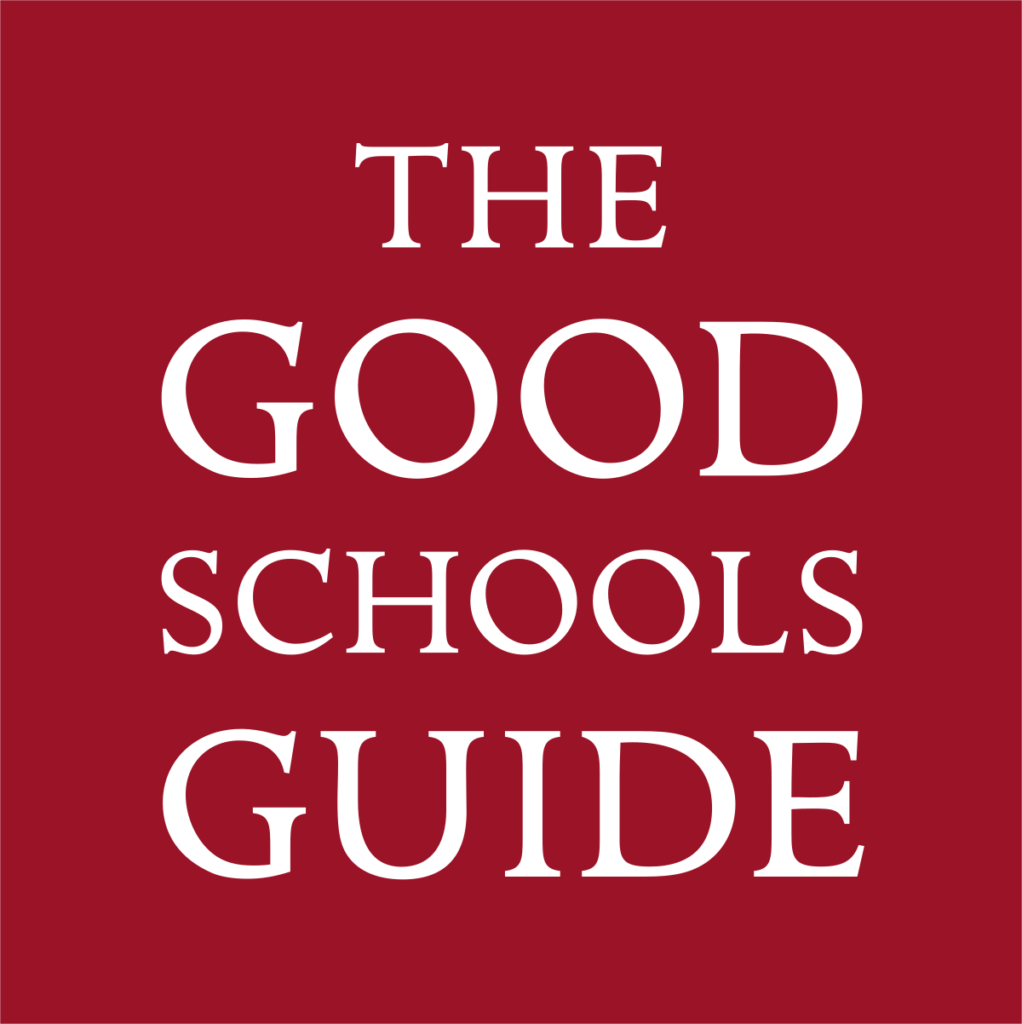On Wednesday 20 September, the Upper Fourth visited St. Albans, or as the Romans called it Verulamium, on a Latin trip. On arrival, we went to see the astonishing mosaic which was still miraculously in place after 1980 years! The Romans invaded Verulamium in AD 43 and did not leave until around AD 410. They had built an impressive town with many houses, a basilica, a theatre and a forum. The mosaic was very intricate and contained over 200,000 small tiles. The archaeologists who discovered Verulamium back in 1930 and began excavations decided to leave this particular mosaic exactly where the Romans had left it.
After a short walk back to the main museum, we went into a room where a very helpful guide taught us more about Roman Verulamium and what it was like. A few of us got to dress up to show the different classes of Roman Britons in Verulamium: the elite or the very rich, then the craftspeople, who made everything from mosaics to swords to robes, followed by farmers and slaves. We then had the opportunity to handle some real Roman artefacts, excavated in the 1930s! We decided which class would have had each object; for example, we decided that Samian Ware bowls found would have belonged to the elite Romans, but wooden bowls would have been for the slaves. We also learnt that Verulamium was subject to the Boudica revolt in AD 61 when Boudica and her forces burnt Verulamium to the ground. It took many years for Verulamium to recover and rejuvenate back into the strong city it once was.
Following our talk on Roman Verulamium, we got to look around the museum, before we all went our separate ways to complete a treasure hunt for many intriguing Roman artefacts and to discover their purpose. Among these objects, we found some British coins that predated the Roman invasion with the Roman god Apollo on them! This showed that Britons and Romans were trading and in contact long before they even invaded.
Despite the dreadful weather, with umbrellas in hand; we got the amazing opportunity to see the ruins of the Roman theatre today. This was especially unique, built in about AD 140 and it is the only example of its kind in Britain, being a theatre with a stage rather than an amphitheatre. Initially, the arena would have been used for anything from religious processions and dancing, to wrestling, armed combat and wild beast shows. From about 180 AD the stage came into greater use and the auditorium was extended. By about AD 300, after some redevelopment work, the theatre could fit about 2000 spectators. Since the theatre’s refurbishment in 2014, it is used for today’s cultural entertainment.
We were sad to leave the incredible museum but fulfilled with our new knowledge helping us to uncover some more secrets about the Roman world and lifestyle in Britain.












